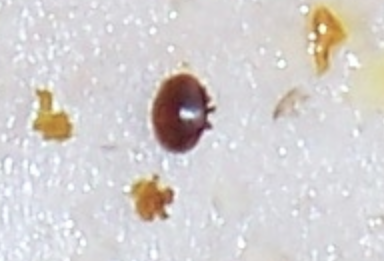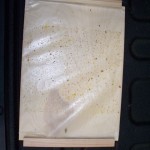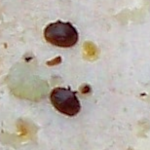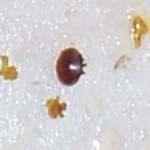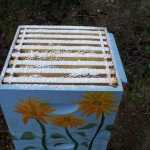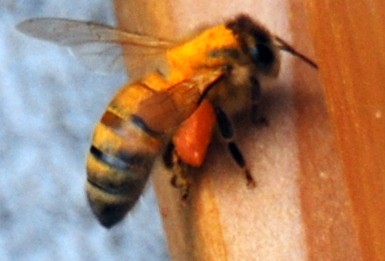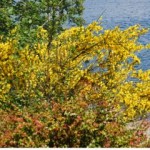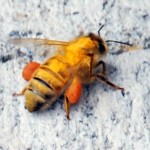Painting our hives
We spent the weekend getting our two warre hives ready. Bees will be here in 3 weeks or so. I’ve seen quite a bit written about painting your bee hives so to save you the time here is what I’ve reduced it down to:
Color: color does not really matter though keep in mind that light colors reflect the heat away from the hives and dark colors attract the heat. For me, where I live the darker the better as beeks in our area seem most concerned with keeping their bees alive throughout the winter. If you only have a couple of hives you can afford to get decretive. In our case my wife is painting one and I’m doing the other. She is planning a colorful design while mine will look like a log house, green roof and golden brown sides. If you had 20 hives to paint I’d recommend a spray gun or roller to cover as much territory as quickly as possible….maybe that is one of the benefits of being a backyard beekeeper, small scale.
Type of paint: Latex, water based exterior paint. Low VOC would probably be the best but if you used regular VOC paint and let them sit for a few weeks I’m sure there would be no problem. Stay away from oil based paints. In our beekeepers class they really pushed for you to use leftover paints that you or a neighbor might have left over from your last project.
What to paint: Just paint the outside. Do not paint anything the bees will be living on. Your goal is to protect the wood from the elements while realizing that over a few years your hives will age. All of the bars, frames, inside walls, ceiling and floor should be untreated wood.
My warres are 16” x 16” so I’m putting down a 16 x 16 inch square paver that I’ll level with sand underneath and then on top of the paver I’m placing two 16 x 8 in cinder blocks side by side with the holes on the side. This way if it is getting stormy I’ll be able to run a nylon strap around the stack and through the cinder blocks to add stability.
I’ll post pictures of the paint job as well as how I have them placed in the yard next week.
Time never goes so slow as when you are waiting for your first package of bees…..

